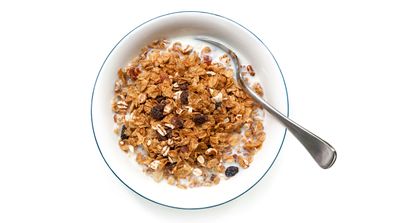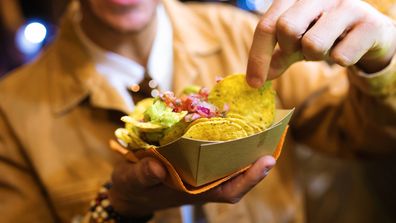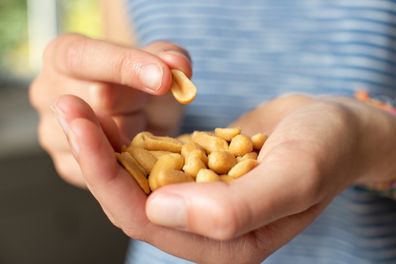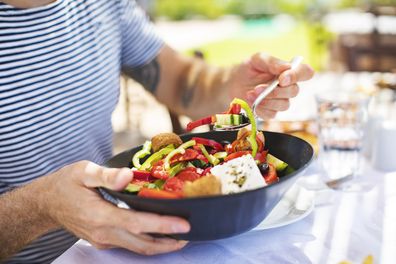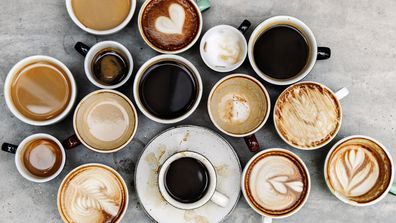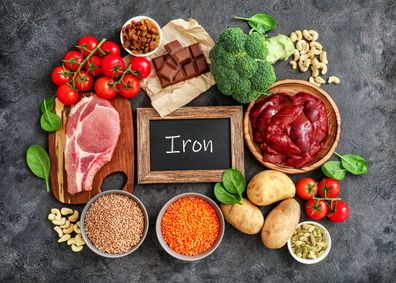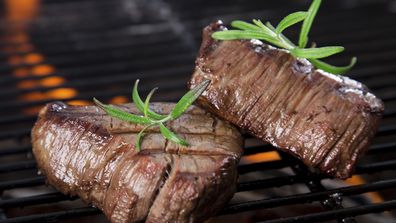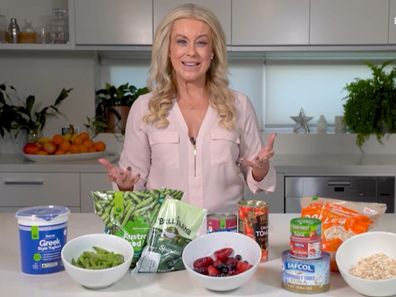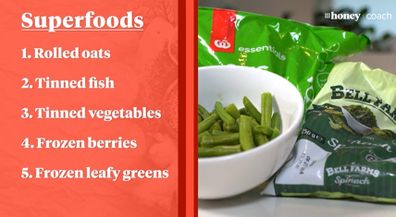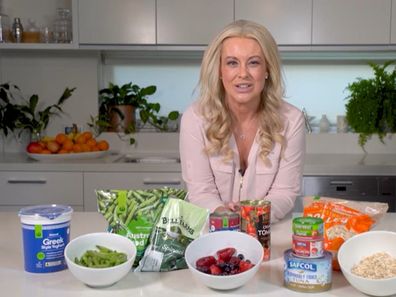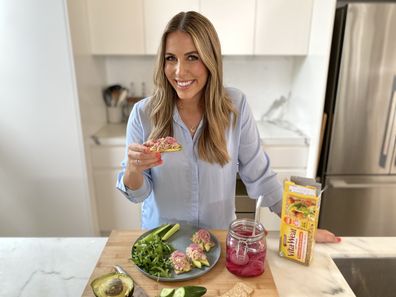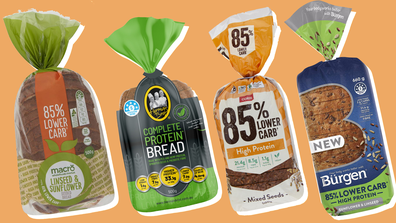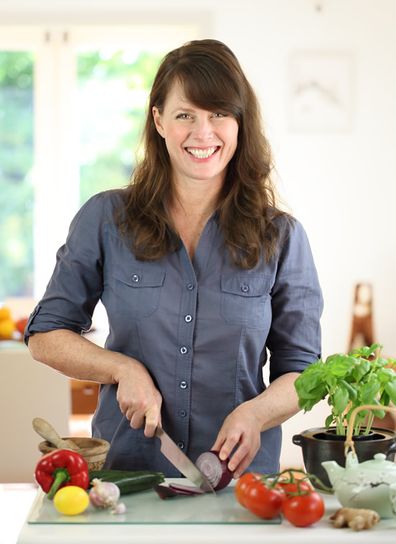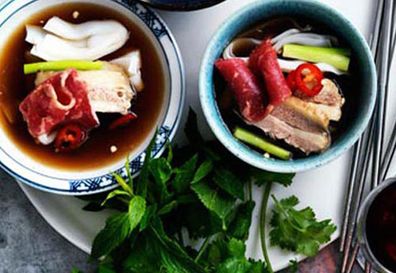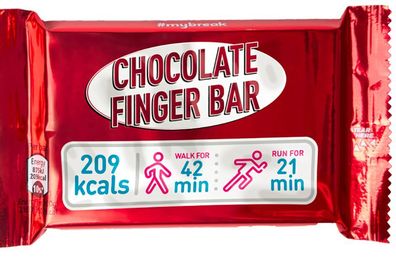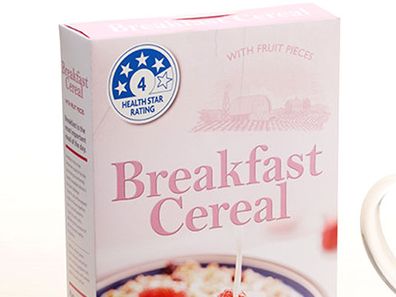Weight loss is never an easy nut to crack, but a handful of almonds could keep extra kilos at bay according to new research from the University of South Australia.
Examining how almonds can affect appetite, researchers found a snack of 30-50 grams of almonds could help people cut back on the number of kilojoules they consume each day.
Published in the European Journal of Nutrition, the study found people who consumed almonds – as opposed to an energy-equivalent carbohydrate snack – lowered their energy intake by 300 kilojoules (most of which came from junk food) at the subsequent meal.
READ MORE: Weight loss nutritionist shares the breakfast she has ‘on repeat’
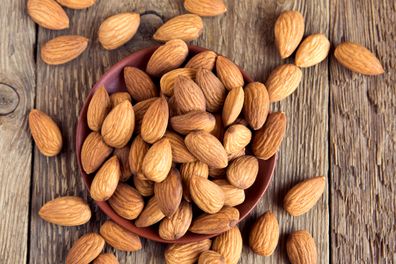
Dr Sharayah Carter from UniSA’s Alliance for Research in Exercise, Nutrition and Activity (ARENA) says the research provides valuable insights for weight management.
“Rates of overweight and obesity are a major public health concern and modulating appetite through better hormonal response may be key to promoting weight management,” Dr Carter said.
“Our research examined the hormones that regulate appetite, and how nuts – specifically almonds – might contribute to appetite control.”
“We found that people who ate almonds experienced changes in their appetite-regulating hormones, and that these may have contributed to reduced food intake, by 300 kilojoules.”
In Australia, two in three (12.5 million) adults are overweight or obese. Globally, nine billion adults are overweight with 650 million of these being obese.
READ MORE: Dietitian reveals how to tell if you are eating too much
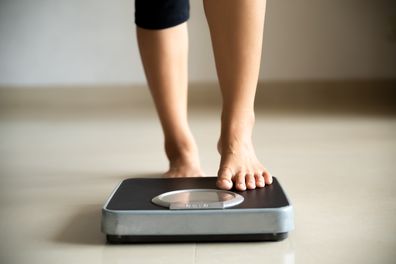
The study found that people who ate almonds had 47 per cent lower C-peptide responses (which can improve insulin sensitivity and reduce the risk of developing diabetes and cardiovascular disease).
They also had higher levels of glucose-dependent insulinotropic polypeptide (18 per cent higher), glucagon (39 per cent higher), and pancreatic polypeptide responses (44 per cent higher).
Glucagon sends satiety signals to the brain, while pancreatic polypeptide slows digestion which may reduce food intake, both encouraging weight loss.
“Almonds are high in protein, fibre, and unsaturated fatty acids, which may contribute to their satiating properties and help explain why fewer kilojoules were consumed,” Dr Carter said.
The findings of this study show that eating almonds produce small changes to people’s energy intake, which may have clinical effects in the long term.
“Even small, positive lifestyle changes can have an impact over a longer period. When we’re making small, sustainable changes, we’re more likely to be improving our overall health in the long run,” Dr Carter said.
“Almonds are a fantastic healthy snack to incorporate into the daily diet. We are now excited to look at how almonds might affect appetite during a weight loss diet and how they might assist with weight management in the long term.”
For a daily dose of 9Honey, subscribe to our newsletter here.

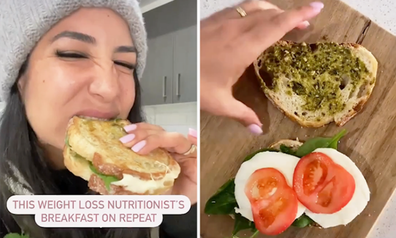
/https%3A%2F%2Fprod.static9.net.au%2Ffs%2Fc7aa9139-0212-4130-b525-c35a8d82a9ec)
